
25 Feb A Taste of the Canary Islands – Tenerife
As the plane descended over the Tenerife, part of the Canary Islands, just west of Morocco, we looked down at the mountainous island, the barren rock faces glowing red in the sunset. Spanish villages dotting the hillsides spilled down to the ocean, where beach resorts lined the coast.It was unusual for us to be arriving in a place that we didn’t have a guide book for and knew little about, but that’s also what made it exciting…not knowing what to expect. The only reports that we had heard about Tenerife was that the weather was perfect and the beach resorts were full of British tourists. We were traveling from temperate Dublin, Ireland (read our post here), so we were keen for the sun! Though we soon found the aforementioned description to be quite true, it doesn’t even begin to describe the Spanish island’s wealth of history, culture, and beauty.
South Tenerife – Canary Islands
Formed by Mt. Teide, an ancient volcano, the island of Tenerife has two distinct sides. We started our trip on the drier south side of the island, where the steep, rugged mountains are sprinkled with flowering cacti plants, and the resort towns of Playa de Las Americas and Los Cristianos are busy tourist meccas built around black sand beaches. Staying in everything from bleak concrete hotels to Las Vegas style glitzy resorts, European tourists filled the beaches and streets, accommodated by all-inclusive packages, golf resorts, spas, endless shopping and multi-lingual restaurant menus. So we took advantage of this holiday scene. Hours were whittled away drinking and dining at ocean-front restaurants and soaking up rays on the sand. Brad hit the seaside course at Golf Costa Adeje, then we treated our bodies to a relaxing afternoon at Thalasso Conquistador Spa, rejuvenating in the saunas, salt water jacuzzis and warm therapeutic pools. At the end of each day, however, we were so happy to be able to drive up the steep mountainside to our peaceful hacienda hotel in the Spanish village of Arona. From our veranda at the Ecohotel La Correa we’d watch the sun set over a view of the whole coast below.
Mt. Teide and North Tenerife – Canary Islands
Of course, we wouldn’t have been able to stay in the mountain village without having a rental car, and we also found it a must in order to really see the beauty and culture of the island at our leisure. Plus, even though Tenerife is the largest of the seven Canary Islands, it is still small enough to drive around in a couple hours. So after a few days, we ventured over the mountains to explore the lusher north side of the island in our tiny Fiat Seicento, which we nicknamed ‘the lawnmower’ for its similar horsepower. The drive itself was gorgeous, up to the moonscapes of Mt. Teide’s old lava flows and down through the north side’s lush pine forests and banana plantations. We were soon in La Orotava, a city of great history situated in a magnificent valley of the same name. In the historical town centre we strolled down cobble-stone streets among historic homes, palaces, cathedrals and mills. We stayed in one of the of the oldest buildings, Hotel Rural Orotava, a 16th century manor with a traditional Canarian restaurant in the center courtyard. A short drive away, we explored Puerto de la Cruz, a beach resort town that still retains much of its Spanish charm – with forts and old churches standing amongst the hotels, black beaches and shopping promenades – and the village of Realejos, where red, yellow and blue houses climbed up the steep fertile valley. Back at our hotel, we chatted in Spanish to the locals over delicious Canarian food and locally produced wine which was some of the best we’ve ever had.
For some people, a true holiday must include beaches, resorts, shopping, golf and spas. While for others, the ideal trip ingredients are mountains, nature, history and culture. The great thing about Tenerife is that it has all of that, so travelers can pick which scene they prefer, or like us, enjoy a bit of everything.
Tenerife, Canary Islands Travel Tips:
- If you’re looking to buy an all-inclusive package, or flight inclusive package, it’s worth shopping around and getting a personal recommendation, as many of the beach resort hotels skimp greatly on quality to give low prices.
- If you’re traveling independently and/or have a rental car, go to the tourist information booth at the airport for great free island maps and hotel lists.
- Be aware that Tenerife has two airports, one in the north (mostly domestic to/from Spain) and one in the south (more for international flights). Know which one you are flying in and out of in order to plan transport to/from hotels.
- Driving trips: There are no toll roads on the island and parking is often free. However, yellow crossed lines on the street mean no parking (even if you see cars there! You’ll get towed.). ‘Sin plomo’ is Spanish for unleaded. The roundabouts are confusing, so be prepared for yield and stop signs in random places or marked on the road.
- For more great Tenerife information, go to the tourism board website.
Rebecca Rasmus – Written in 2004 – Canary Islands, Tenerife.


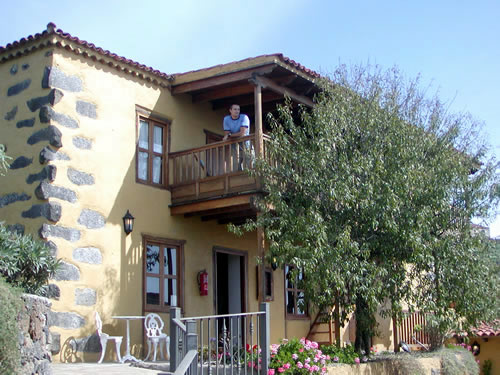
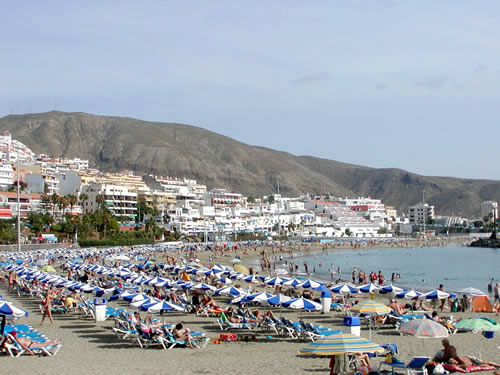
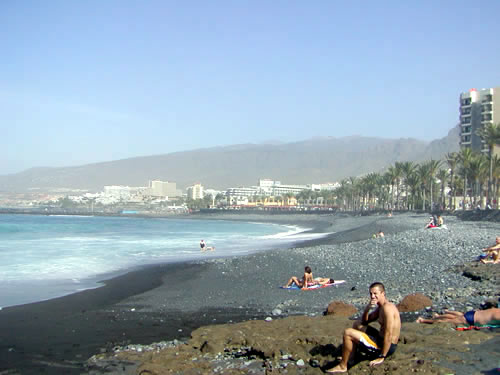

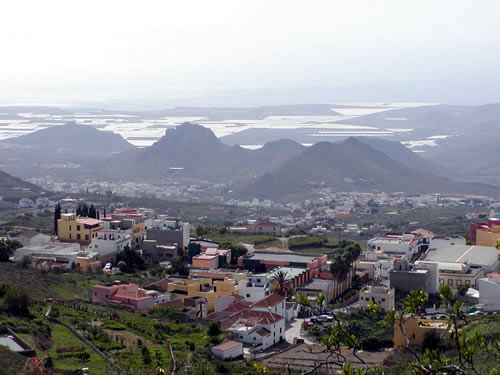
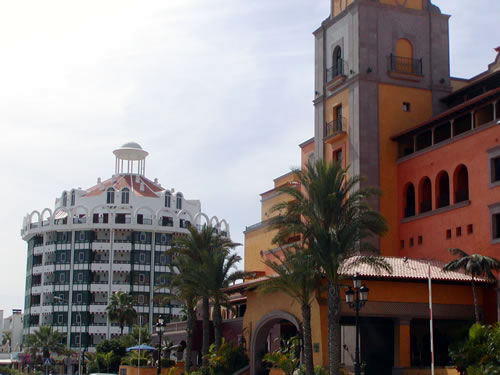
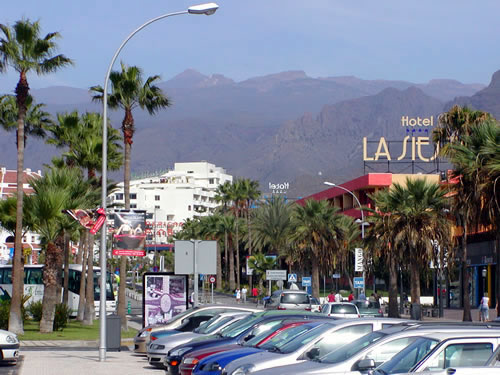
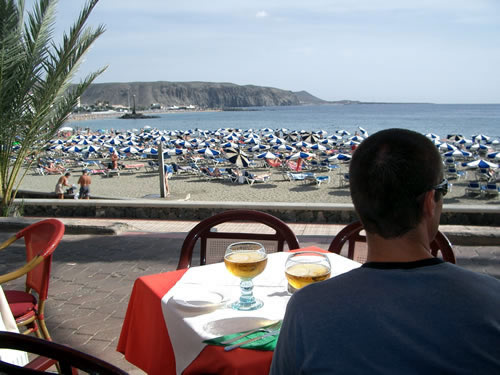
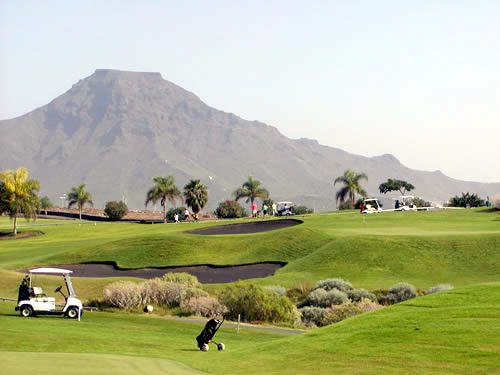
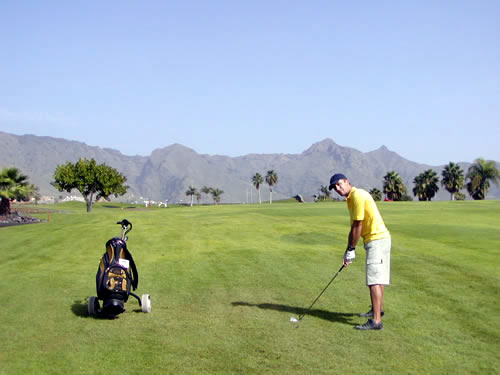
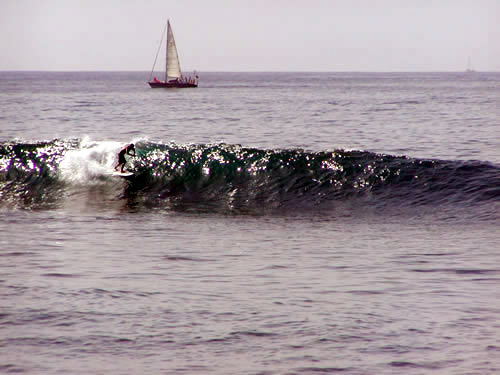
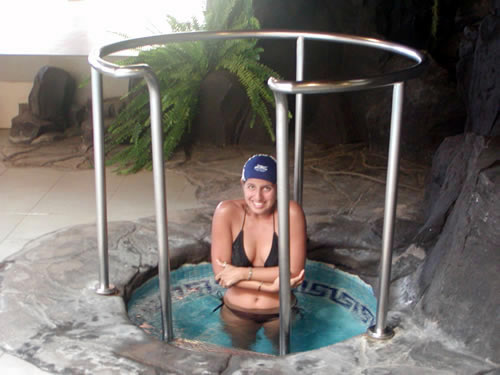
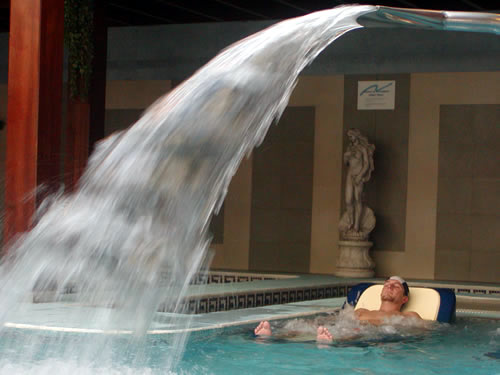

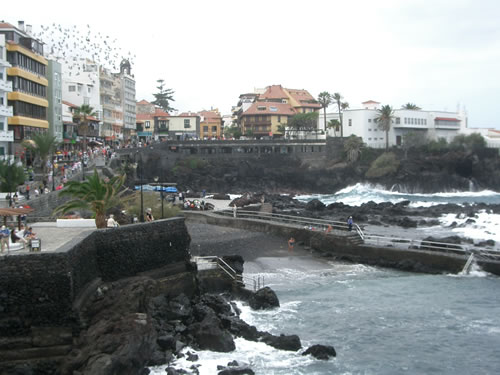
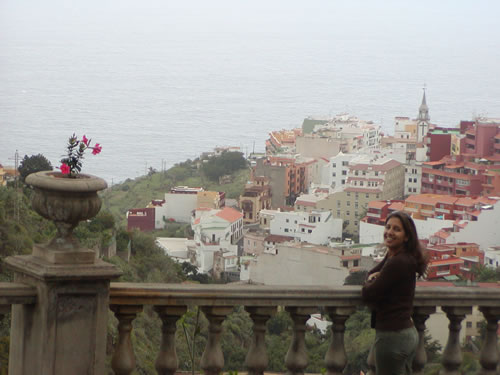
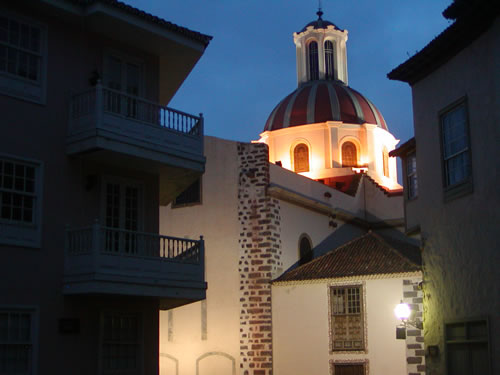
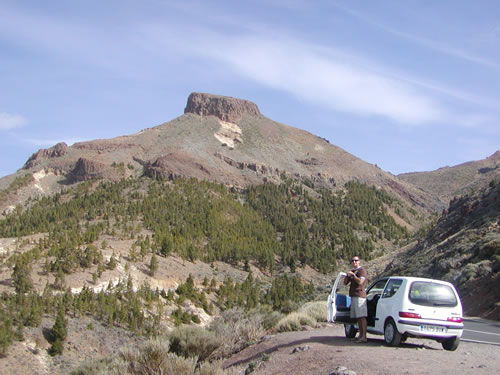
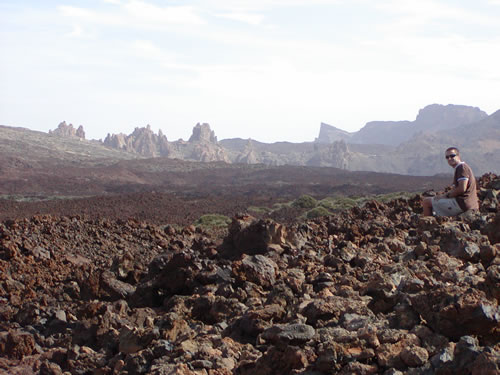
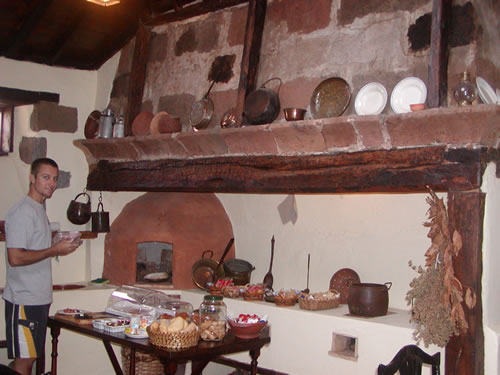
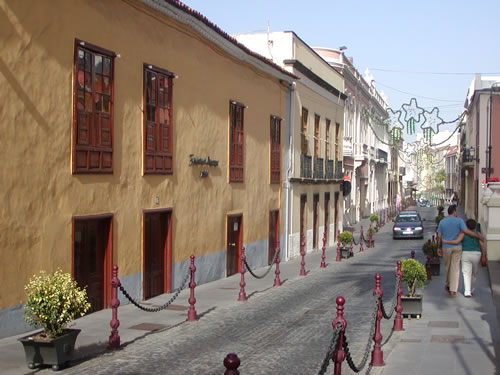
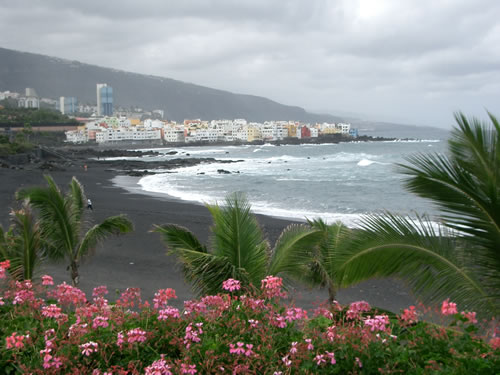
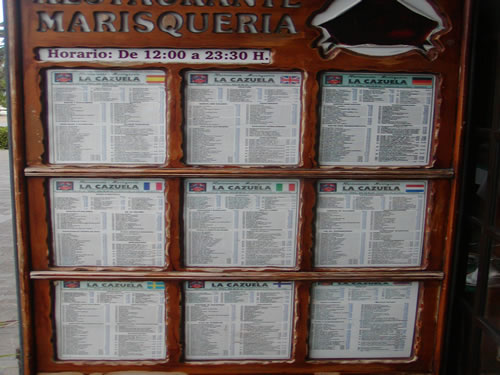




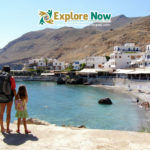

No Comments